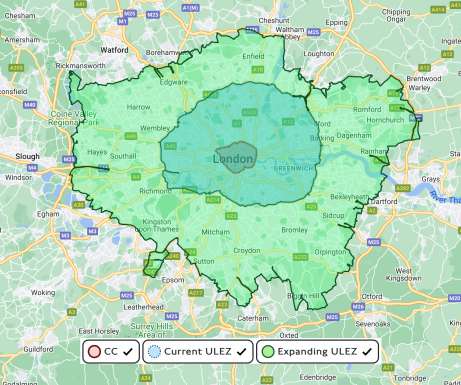California clean fuels rule reports 100% compliance in 2017
Green Car Congress
MAY 10, 2018
The 2017 Compliance Report for the Low Carbon Fuel Standard (LCFS) shows 100% compliance with the regulation. It was originally developed to support a return to 1990 levels of climate-changing gases by 2020, as required by AB 32, the 2006 landmark climate bill. Electricity displaced about 75 million gallons of petroleum.












Let's personalize your content